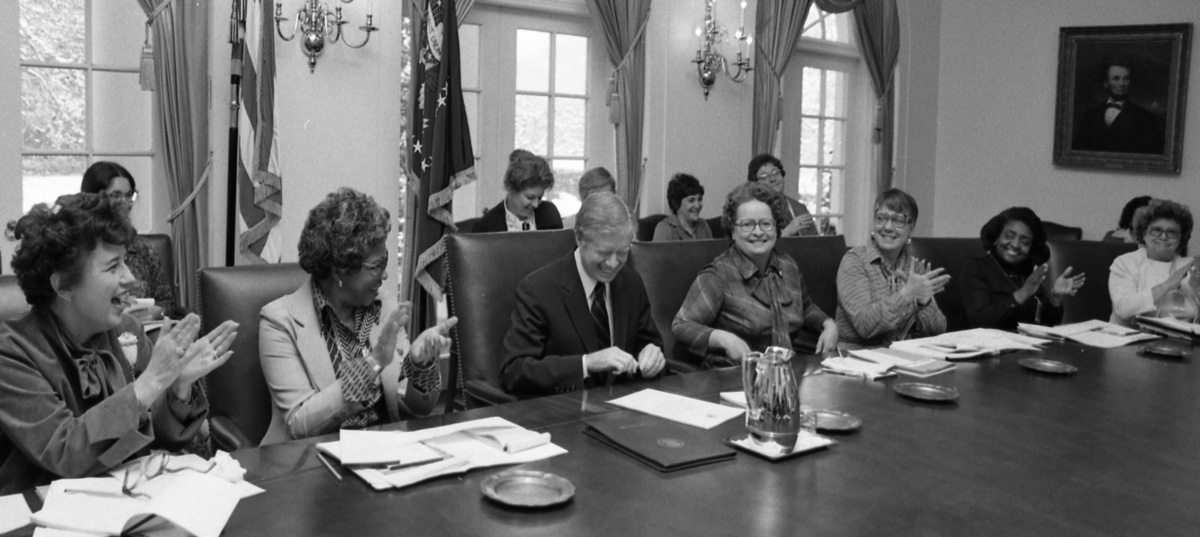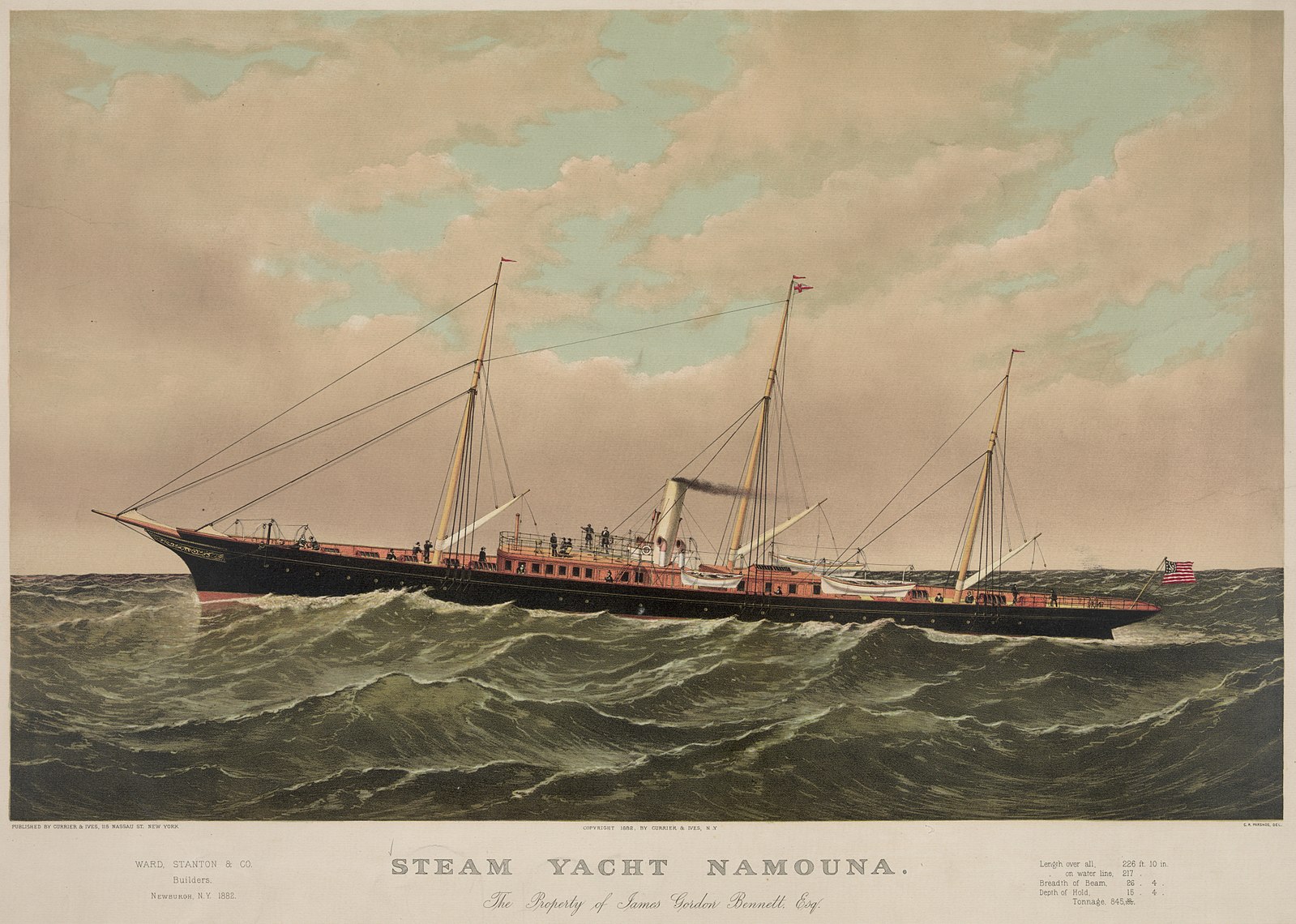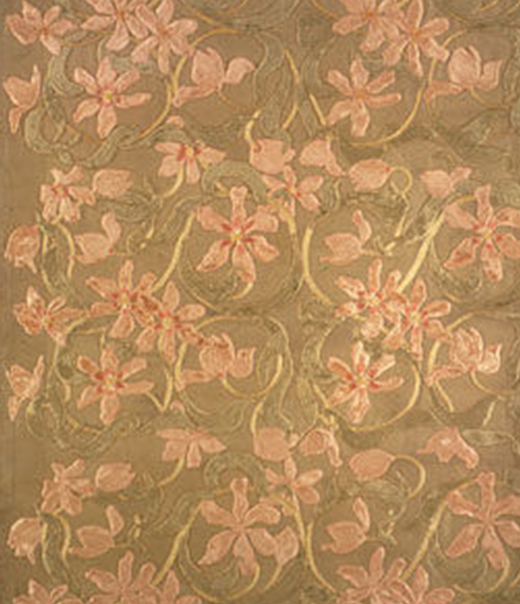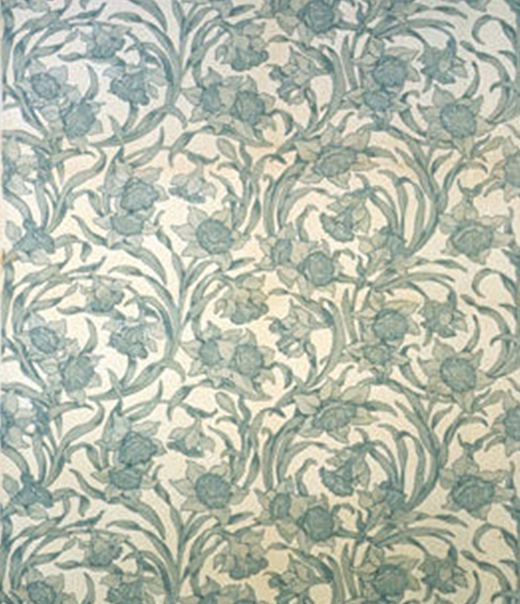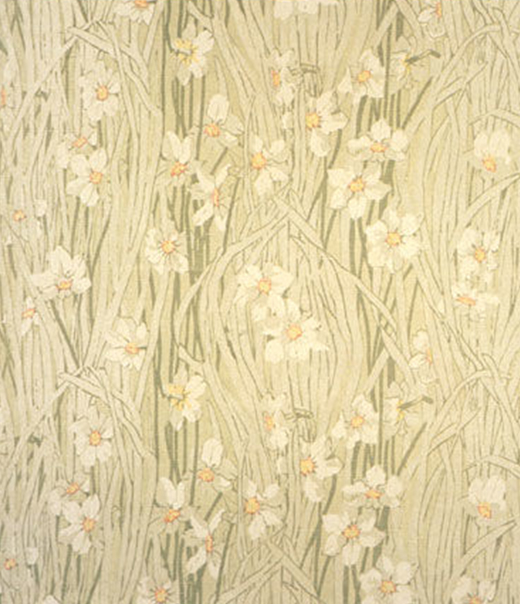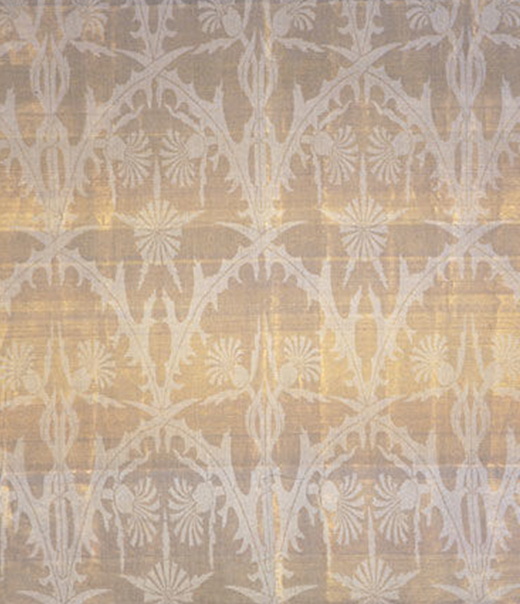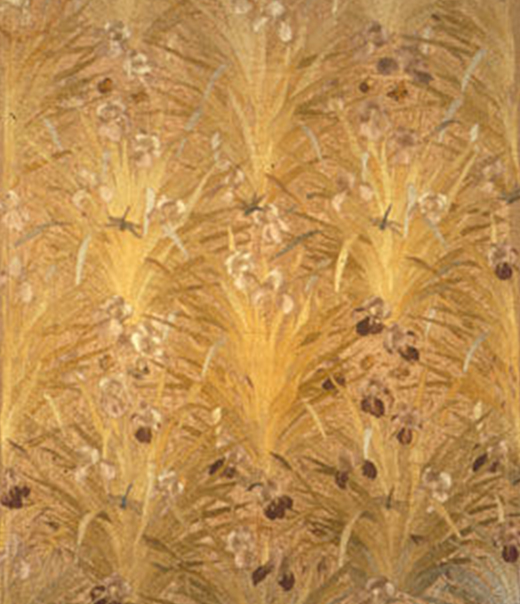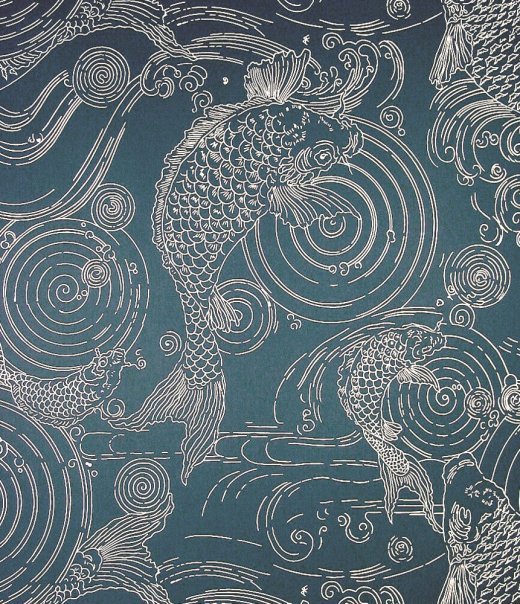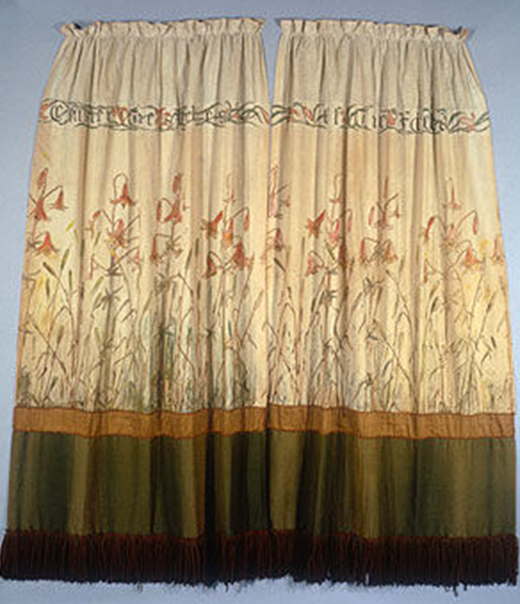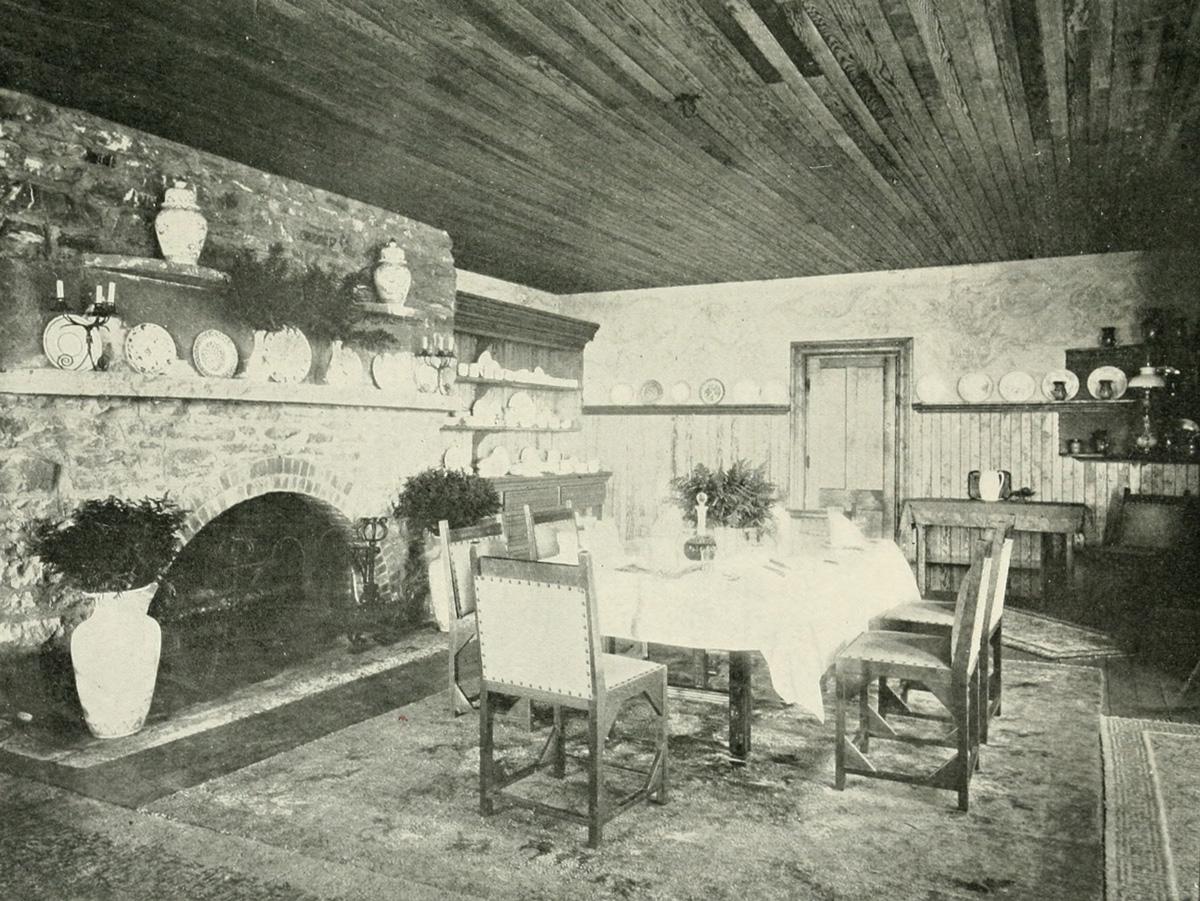As a 100% woman-owned business, JAG Interiors, Inc., is proud of the part that women have played in the history of our profession and, since March is National Women’s History Month, we decided to tip our hats to a remarkable pioneer — Candace Wheeler — the “Mother of Interior Design.”
But first, the backstory on how March became a yearly tribute to the contributions and achievements of women throughout history. The origins can be traced back to a week-long celebration in Sonoma, California, that coincided with International Women’s Day on March 8, 1978. The movement spread across the country as other communities initiated festivities the following year.
In February of 1980, after a consortium of women’s groups and historians successfully lobbied for national recognition, President Jimmy Carter issued the first Presidential Proclamation of National Women’s History Week. And in 1987, Congress designated March of each year as National Women’s History Month.
“From the first settlers who came to our shores, from the first American Indian families who befriended them, men and women have worked together to build this nation. Too often the women were unsung and sometimes their contributions went unnoticed. But the achievements, leadership, courage, strength and love of the women who built America was as vital as that of the men whose names we know so well.”
— President Jimmy Carter proclaims March 2-8, 1980, as National Women’s History Week
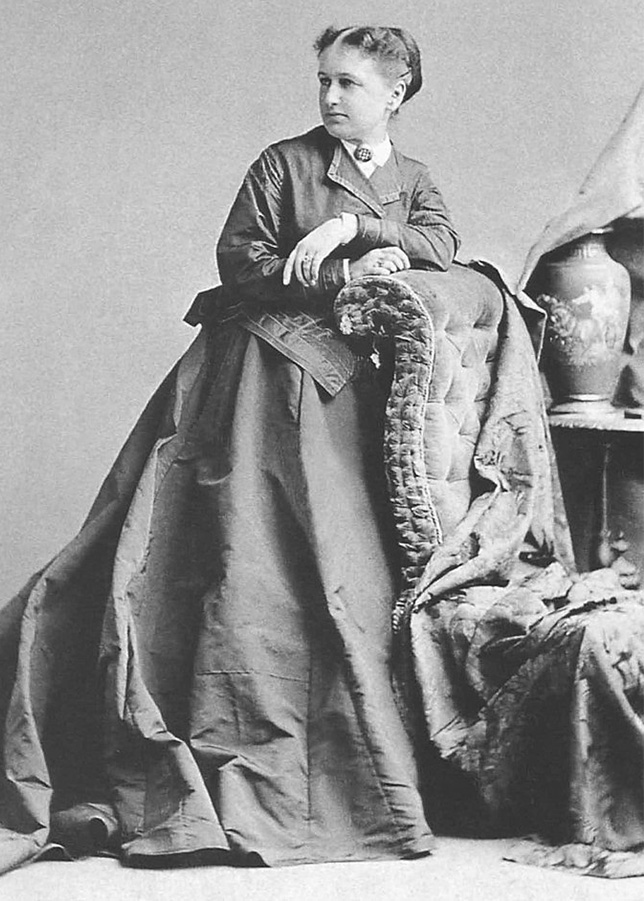
Candace Wheeler (1827–1923)
Rewind 150 years to March 24, 1827, when Candace Thurber was born to abolitionist parents in Delhi, New York.
FUN FACT: Candace was convinced that the family farm had been a stop on the underground railroad!
After marrying Thomas Wheeler, an entrepreneurial real estate speculator, she raised four children and dabbled in artistic circles — often hosting landscape painters at their estate in Jamaica, Queens. At the age of 49, Candace visited the 1876 Centennial International Exhibition in Philadelphia, and was inspired by a display of needlepoint crafted by underprivileged women. It was the beginning of what became her life’s mission: To create women-owned businesses that supported financial independence through the art of home decoration.
In 2000, New York’s Metropolitan Museum honored Candace and showcased her many achievements:
- 1877: Founded the Society of Decorative Arts, which helped women — especially those left widowed and impoverished after the Civil War — become self-sufficient through their handicrafts. Leading artists were hired to share their expertise and the results were so successful that Candace went on to start similar societies in several other cities.
- 1878: Helped launch the New York Exchange for Women’s Work, which enabled women to sell goods that they made at home. In its first year, the Exchange paid out nearly $14,000 in commissions. By 1891, there were at least seventy-two Exchanges across the United States.
- 1879: Co-founded the interior-decorating firm of Tiffany & Wheeler, where Candace specialized in textile design. Clients included Cornelius Vanderbilt II, Mark Twain and newspaper publisher James Gordon Bennett, Jr.
One of the custom fabrics for Bennett’s luxury steam yacht, Namouna, became a future Wheeler trademark. Woven out of two threads — an unexpected combination of gold metallic and gray-blue silk — it changed color depending on the light.
- 1883: Founded her own textile design firm, Associated Artists. The all-woman firm produced a wide range of goods, including wallpaper, tapestries and curtains, and was particularly well-known for the “changeable” silks first launched on the Namouna. Another technique invented by Candace combined loom and tapestry weaving to make the stitches practically invisible, resulting in a smoother textile that became the firm’s signature. Although wealthy customers — like Andrew Carnegie and Lillie Langtry — could commission custom fabrics, Associated Artists also made their products available to a wide audience by creating machine-ready patterns and reflecting American designs and local plant forms.
- 1887: Founded the Onteora Club, a prestigious artists’ colony in the Catskills that offered a haven for a number of single women — many accomplished artists or writers — who were striving for financial independence. Still a coveted summer retreat, the 2,000-acre complex consisted of 123 structures when it was listed on the 2002 National Register of Historic Places, including 30 cottages built between 1883 and 1893.
- 1893: Supervised the interior decoration for the Women’s Building at the World’s Columbian Exposition in Chicago, which was filled with exhibitions of women’s fine arts, crafts, industrial products and regional and ethnic specialties from around the world. The largest collection of its kind — representing women in the fields of science, art, literature and music — it would not be replicated for many years.
Many other influential American women have shaped the field of interior design over the past century— including Elsie de Wolfe, Dorothy Draper, Sister Parish and, more recently, Kelly Wearstler, Alexa Hampton, Victoria Hagan and Robin Standefer — but Candace Wheeler’s talents, vision and efforts paved the way!
 Inspired by these and other women entrepreneurs, Jamie General founded JAG Interiors in 1996, and it has grown into one of the most respected and honored interior design firms in the Western United States. Jamie personally oversees her talented, creative and highly experienced team on every project, and her passion for design — combined with effective people skills — have resulted in long-lasting client relationships and a portfolio that exceeds 1,000 developments.
Inspired by these and other women entrepreneurs, Jamie General founded JAG Interiors in 1996, and it has grown into one of the most respected and honored interior design firms in the Western United States. Jamie personally oversees her talented, creative and highly experienced team on every project, and her passion for design — combined with effective people skills — have resulted in long-lasting client relationships and a portfolio that exceeds 1,000 developments.
A graduate of The Fashion Institute of Design and Merchandising, Jamie has donated her time to the Los Angeles/Ventura Chapter of the Building Industry Association (BIA) and the Southern California Association of Nonprofit Housing (SCANPH), and has helped raise more than $450,000 for several women’s shelters in Southern California. She has been recognized by the BIA Women’s Council and JAG was featured in Entrepreneur Magazine as one of the hottest small businesses in America.

